In the fast-paced world of healthcare, healthcare providers must make quick, informed decisions to deliver patient care. Healthcare professionals frequently encounter complex situations that require efficient problem-solving skills and sound choice-making. Our Problem Solving and Decision Making Training for Healthcare Professionals course equips healthcare providers with the tools and strategies they need to navigate challenging scenarios and enhance patient safety. This training focuses on practical techniques that can be immediately applied in clinical settings. Take this course to refine your problem solving abilities.
What You Will Learn:
- Common problems and challenges faced by healthcare providers
- Various structured problem-solving methods
- Critical thinking skills to analyze complex situations
- Decision-making frameworks
- The use of evidence-based practices in decision-making processes to ensure patient safety
- Strategies for effectively communicating decisions
Details:
Course length: 30 minutes; CME: 0.5
Languages: American English
Key features: Audio narration, learning activity, and post-assessment.
American Medical Compliance is accredited by the Accreditation Council for Continuing Medical Education (ACCME) to provide continuing medical education to physicians. Our Continuing Medical Education (CME) program is committed to enhancing the knowledge, skills, and professional performance of healthcare providers to improve patient care outcomes. Through high-quality educational activities, we aim to address the identified educational gaps and to support the continuous professional development of our medical community. American Medical Compliance designates this activity for a maximum of 0.5 AMA PRA Category 1 Credits. Physicians should only claim this credit for their complete participation in this activity.
Get Certified
American Medical Compliance (AMC) is a leader in the industry for compliance, Billing, and HR solutions. To become certified, please visit us at: American Medical Compliance (AMC).
Reach out for other courses by visiting the AMC Course Library.
Understanding Problem Solving and Decision Making
Whether making ordinary day-to-day decisions or critical, time-sensitive verdicts in an emergency, using a standard problem-solving model ensures that your choices are rational. To begin, let’s clarify what we mean by problem solving and decision making.
Problem solving involves identifying and resolving issues. It requires breaking down a situation and finding solutions to address it.
Decision making, on the other hand, involves choosing between different options. It plays a crucial role in problem solving. Together, these two processes enable healthcare professionals to respond to challenges in a structured, systematic way.
Factors Influencing Decision-Making Strategies in Healthcare
Hospitals base their decision-making strategies on two critical factors: (1) the degree of agreement among the key parties as to their preferences for specific outcomes and (2) the degree of confidence or certainty in the cause-effect relationships involved.
In healthcare settings, the first factor requires understanding how well the involved parties agree on the desired outcomes. When everyone shares a clear understanding of the goals, decision-making becomes streamlined. On the other hand, the second factor considers how certain individuals are that their chosen action will lead to the intended outcome. The more confidence they have in the cause-effect relationship, the more straightforward the process becomes. By taking these factors into account, healthcare professionals can implement more effective strategies that improve patient care.
Decision Trees
Decision trees diagrammatically represent the analysis process. They help visualize the various choices involved in a choice, making it easier to evaluate the different paths that can be taken. Each branch of the tree represents a possible determination, with subsequent branches illustrating the possible consequences of each choice. This clear, structured approach aids healthcare professionals in assessing the risks and benefits of different actions. By using conclusion trees, healthcare teams can systematically explore options and make more effective decisions.
Decision Analysis
Healthcare providers use decision analysis to help patients objectify their own values in the context of complex selection process. In healthcare, patients often face difficult choices that involve trade-offs between different treatment options and benefits. By using decision analysis techniques, healthcare professionals guide patients in clarifying their values. This process helps patients weigh the pros and cons of various options in a structured way. Ultimately, option analysis fosters shared decision-making.
Identifying Key Choices in Patient Decision Analysis
The analysis begins by identifying the choices available to each patient. In many healthcare decisions, patients face multiple treatment options. The first step in selection analysis is helping the patient understand the full range of available options. This step is crucial because it allows the patient to consider all alternatives before making a decision. By identifying the key choices early on, healthcare professionals set the foundation for a structured resolution process that takes the patient’s unique needs and values into account.



